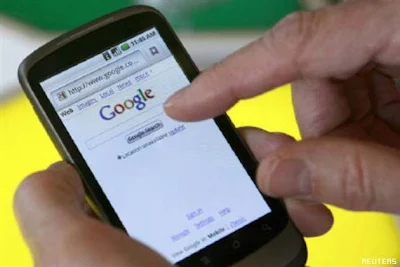Coming soon: Smartphones in outer space?
London: Can your mobile phone survive the swings in temperature and the harsh radiation found in space? Well, to find this out, British engineers are planning to put a smartphone into orbit which will be used to control a satellite.
The team at Surrey Satellite Technology Limited (SSTL) in Guildford want to see if the sophisticated capabilities in today's smartphones will function in the most challenging environment known.
The phone, which will run Google's Android operating system, will be used to control a 30cm-long satellite and take pictures of the Earth in the mission expected as early as later this year, the BBC reported.
Although mobile phones have been flown on high altitude balloons before, this would likely be the first time such a device has gone into orbit several hundred kilometres above the planet, the report said.
"Modern smartphones are pretty amazing," SSTL project manager Shaun Kenyon was quoted as saying.
"They come now with processors that can go up to 1GHz, and they have loads of flash memory. First of all, we want to see if the phone works up there, and if it does, we want to see if the phone can control a satellite."
The mission, known as Surrey Training Research and Nanosatellite Demonstration-1 (STRaND-1), is part of the company's quest to find whether more inexpensive and off-the-shelf electronics can be used to lower the cost of its spacecraft designs.
According to the scientists, the mobile model being used will be a standard, USD 450-smartphone available in High Street stores.
"We are not taking it apart; we are not gutting it; we are not taking out the printed circuit boards and re-soldering them into our satellite -- we are flying it as is," Kenyon explained.
"And, in fact, we are going to have another camera on the satellite so we can take a picture of the phone because we want to operate the screen and have some good images of that as well."
According to the researcher, the phone will be placed inside the the satellite casing so that it can survive the great swings in temperature and the harsh radiation found in space.
A hole will have to be cut in the side of the casing therefore to allow the phone's camera lens to see out. The phone itself will not "call home"; messages and pictures will come back via the satellite's radio link. For the first part of the mission, the mobile will act as the back-up to the main computer on the spacecraft. After a period of time, however, the phone will be put in charge.
Doug Liddle, head of science at SSTL, said: "We're trying to use as much of the capability of the phone as possible.
"Ideally, the phone can take control and do the thinking."












No comments: